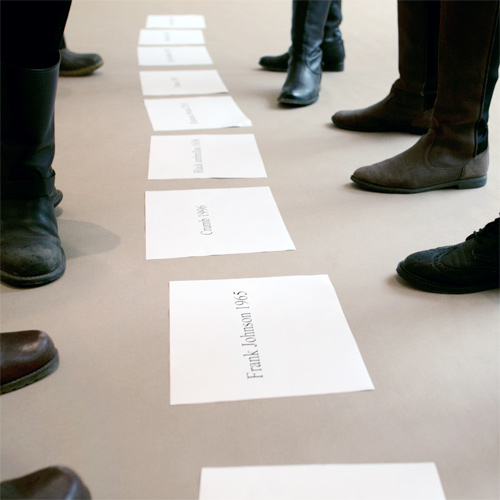When Lanier Walker ’14 was just seven years old, her mother took her to an event that would resonate with her for years to come.
Walker’s mother, Susan Russ Walker, was a law clerk for Frank Minis Johnson, a U.S. federal court judge in Montgomery, Alabama. Johnson was responsible for several landmark rulings in the civil rights movement, including the 1956 ruling in favor of Rosa Parks sitting in the front of the bus, and allowing the Selma to Montgomery march led by Martin Luther King, Jr., that helped end segregation in the South.
When Johnson passed away, Walker’s mother—now chief magistrate judge in Johnson’s old courthouse—stood vigil by the coffin at the memorial service, alongside the judge’s other former clerks. Walker’s mother kept her daughter close by her side throughout the service.
“I remember being so overwhelmed by the number of people who attended the memorial service,” Walker said. “I remember my mom telling me that he was the kind of person that you want to be.”
More than a decade later, Walker has memorialized that defining moment in her contribution to a new installation at the Harvard Art Museums. As a student guide at the museums, she was one of nine students invited to add text to “Untitled” (Portrait of Michael Jenkins), a word portrait by the late artist Felix Gonzalez-Torres.
Originally created in 1991, the work documents multiple events—some personally significant to the man who commissioned the work (Jenkins) and some publicly significant, chosen by Gonzalez-Torres. These events are condensed down to a “unit”: just one or two words encapsulating the event, as well as a year bearing some significance to the event. New owners of the word portrait are encouraged to add, delete, or rearrange units each time the work is installed.
When the Harvard Art Museums acquired the word portrait and invited select students to add their own significant moments to the work, Walker knew right away that she wanted to offer Johnson’s name together with the year he removed the legal barriers that threatened the march from Selma to Montgomery.
“It’s a difficult task, distilling huge events in your life down to a name and date,” Walker said. “But Frank Johnson’s name and that date incorporate so many things for me: my home state of Alabama, my mom, and the type of person I want to be. It’s incredible to be able to include his name in the Gonzalez-Torres installation.”
For Mary Schneider Enriquez, the Houghton Associate Curator of Modern and Contemporary Art at the Harvard Art Museums, involving students in the installation fits perfectly with the museums’ tradition as a teaching institution.
“Students are a huge priority in everything we do,” she said. “In a sense, this work is like Harvard itself: it takes a history and adds to it through the student experience. It was powerful to educate the students about what the portrait meant, and then also to encourage them to think deeply about their own history so that they might contribute to the work.”
Being able to hear students explain how they came to make their contributions was, she said, “a very moving process. At one point, near the end, it really felt as if Gonzalez-Torres was in the room with us.”
Walker, who recently began a master’s degree in the history of design, credits her student experiences at the Harvard Art Museums with sparking her desire to become a curator. “I loved being able to work so closely with the objects, and could not have done that any other way than by working with the museums.”


